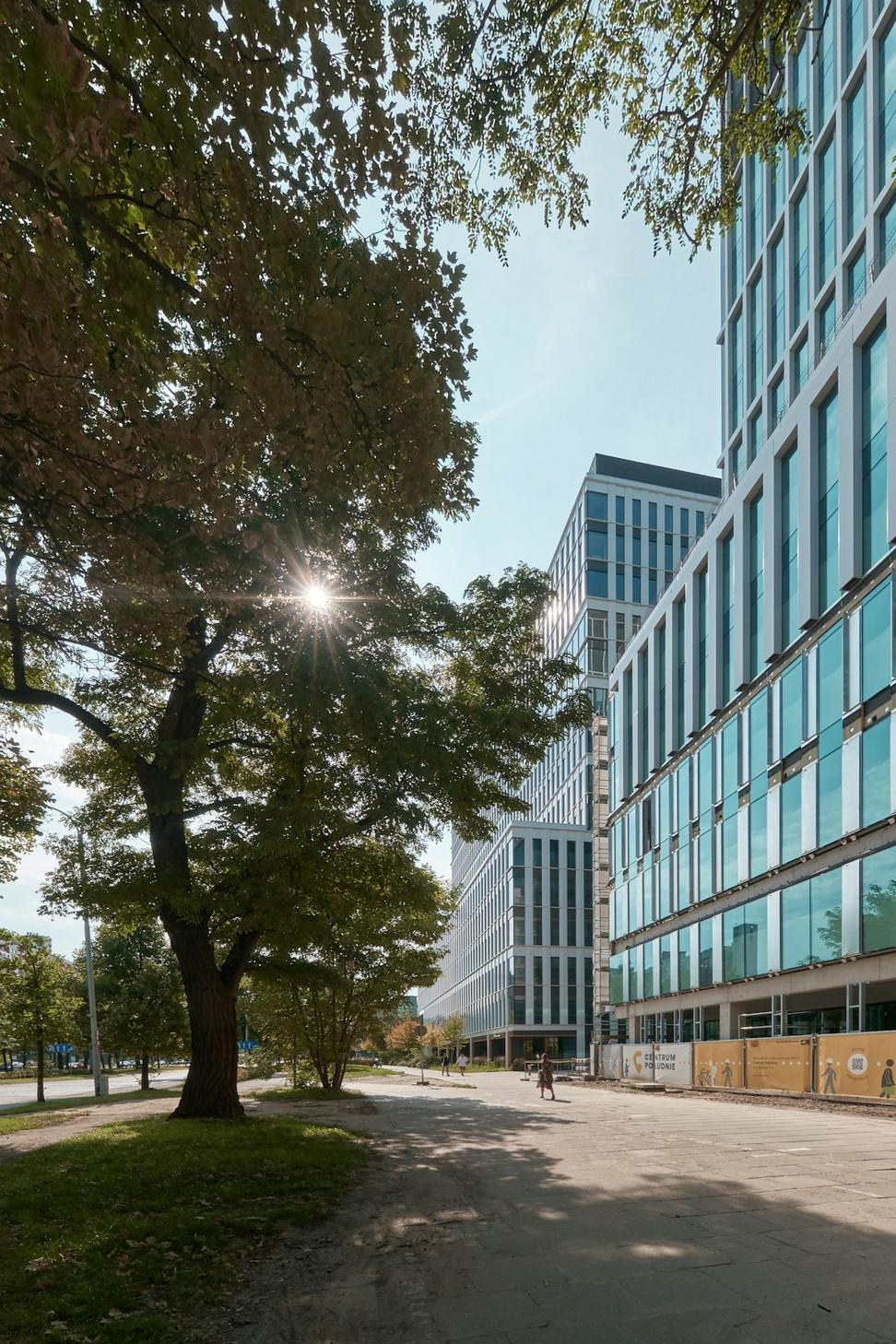
Building Green, Thinking Ahead
Real talk about how we're trying to make buildings that don't mess up the planet

Real talk about how we're trying to make buildings that don't mess up the planet
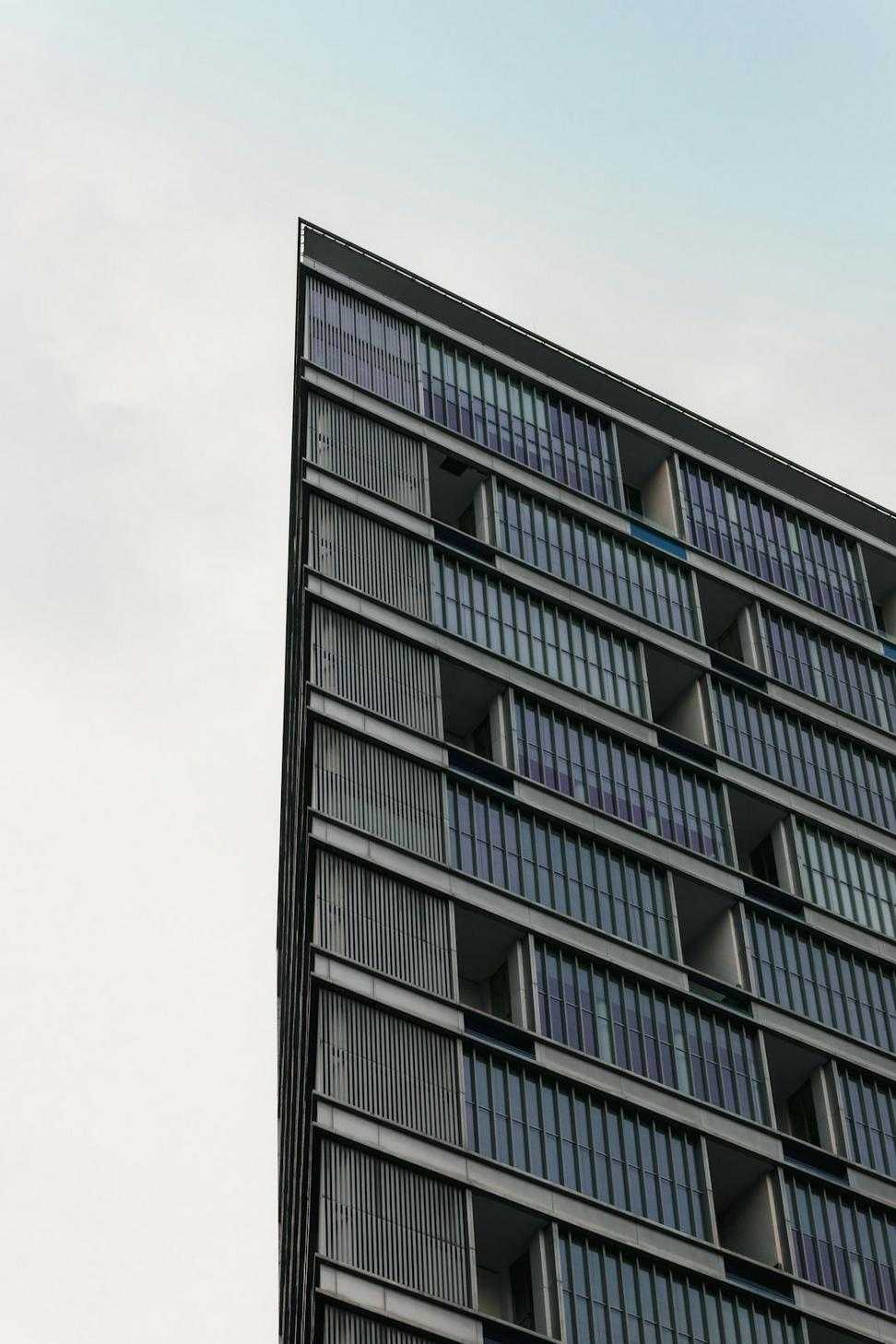
Look, we've been in this game for a while now, and honestly? The whole "let's just build whatever" approach doesn't cut it anymore. Every project we take on, we're thinking about what happens 50, 100 years down the line.
It started back when one of our partners visited a derelict office building that was only 30 years old - perfectly good structure, but the energy costs were so insane that nobody wanted it. That's when it clicked: if we don't design with longevity and efficiency in mind, we're basically creating tomorrow's demolition projects.
We're not perfect, and we don't pretend to have all the answers. But we're learning, adapting, and yeah - sometimes arguing with clients about why that extra insulation really matters.
No fluff, just the methods that've worked for us
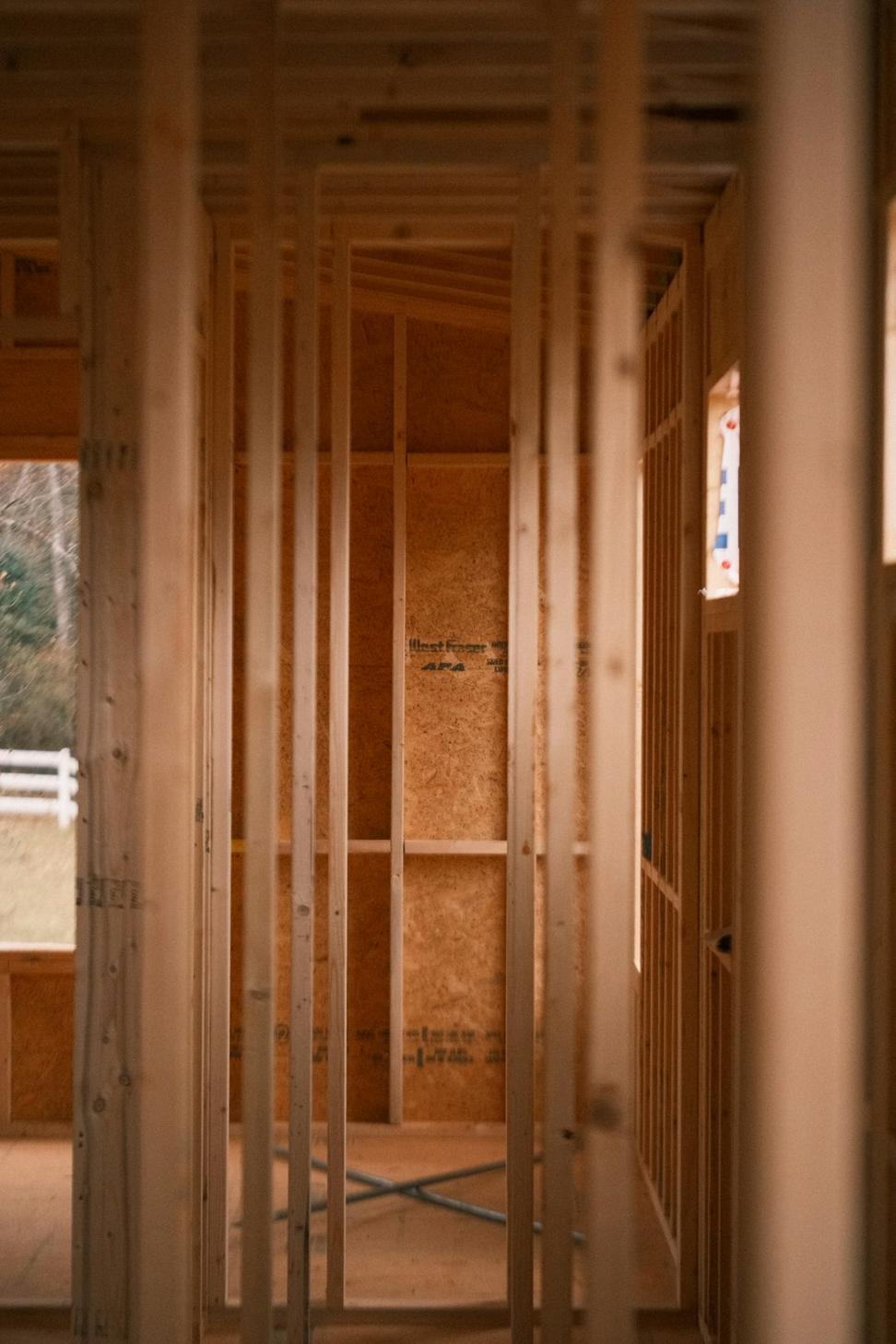
Before we even think about fancy tech, we're obsessing over orientation, natural ventilation, and thermal mass. Had a client question why we spent three days just studying sun angles - their heating bill dropped 60%. That's why.
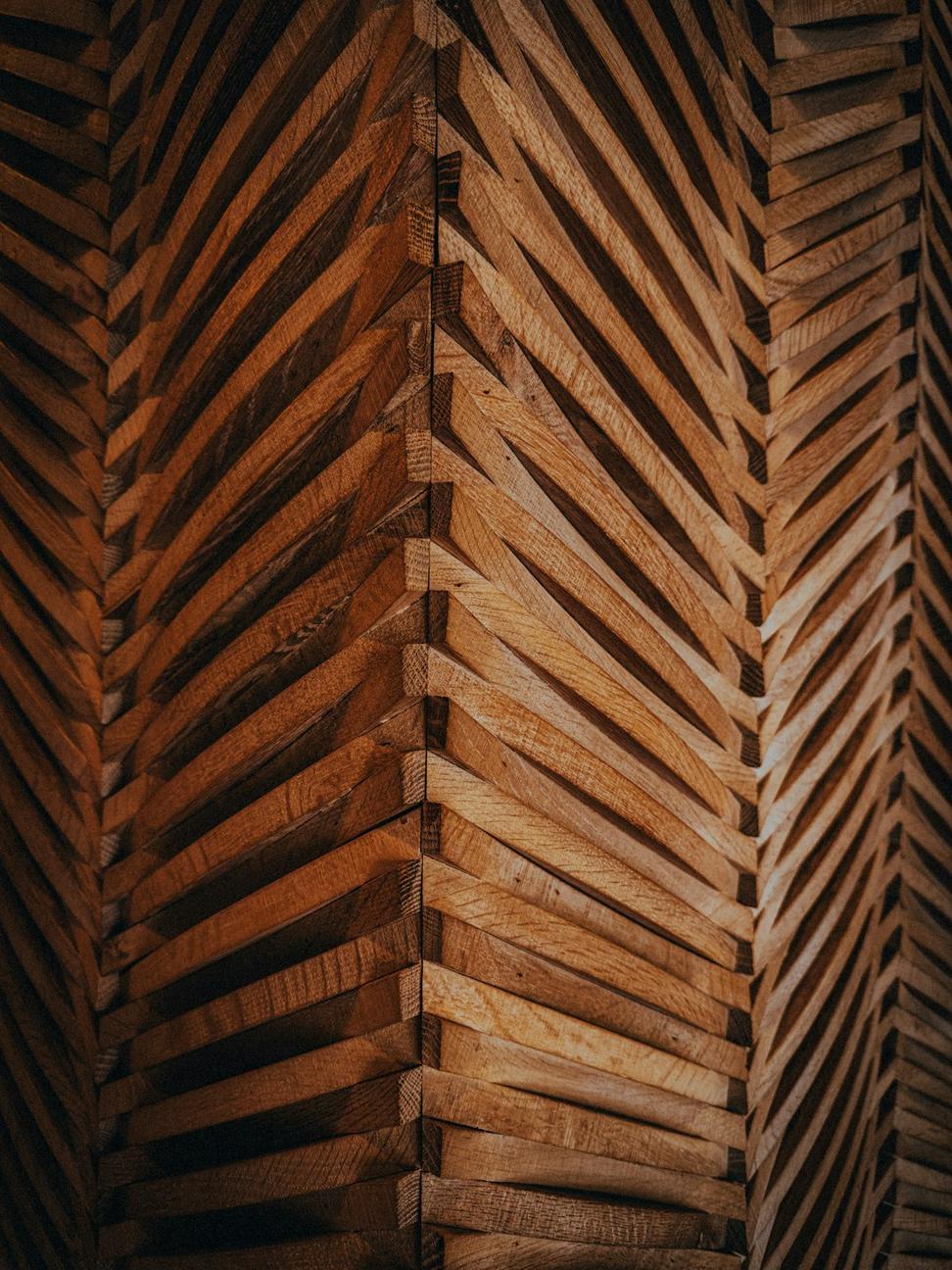
We're kinda picky about materials. Local sourcing when possible, recycled content, stuff that'll last. Got a supplier in Hamilton who saves us reclaimed timber - sometimes the old growth wood is better than anything new you can buy.
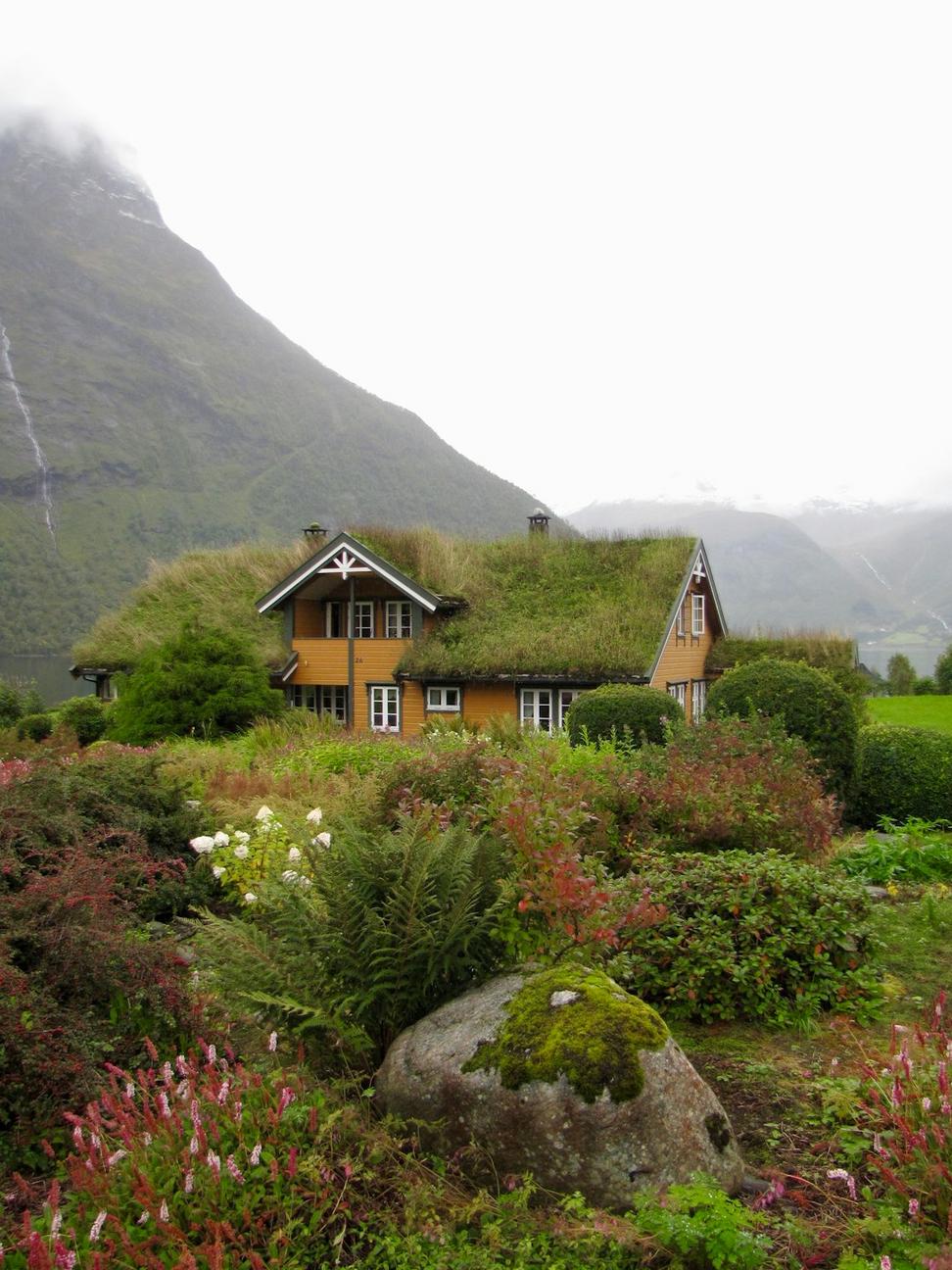
Rainwater collection, greywater systems, permeable surfaces - this stuff isn't just for show. Toronto's stormwater fees are getting brutal, plus there's the whole not-overwhelming-the-sewer-system thing which seems important.
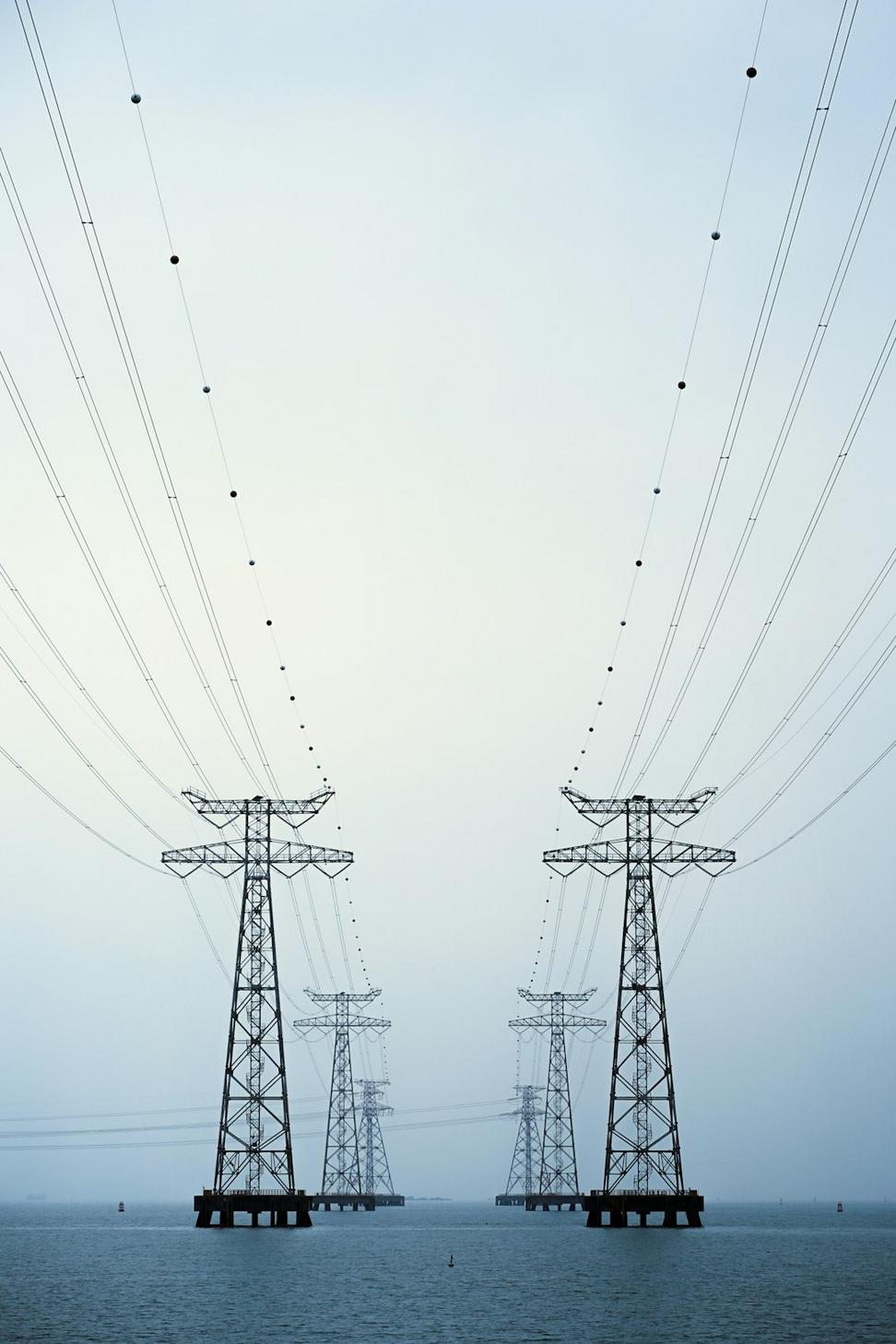
Geothermal when the site allows, solar when it makes sense, and high-efficiency everything. We work with engineers who actually get it - the kind who'll tell you when something's overkill instead of just adding it to the invoice.
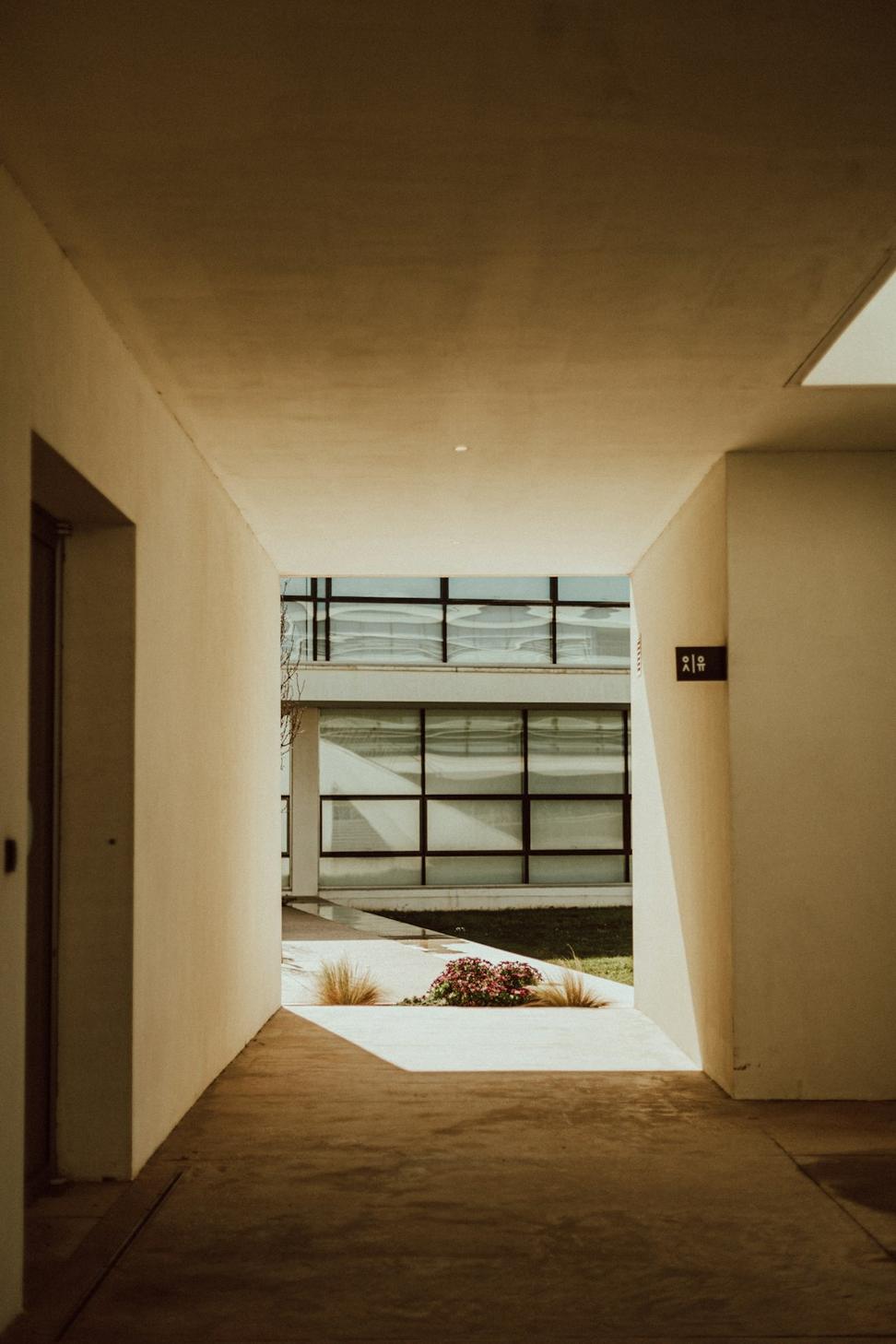
Low-VOC everything, proper ventilation, natural daylighting. People spend 90% of their time indoors - might as well make that air worth breathing. We've had clients report fewer sick days, which is a win nobody expected.
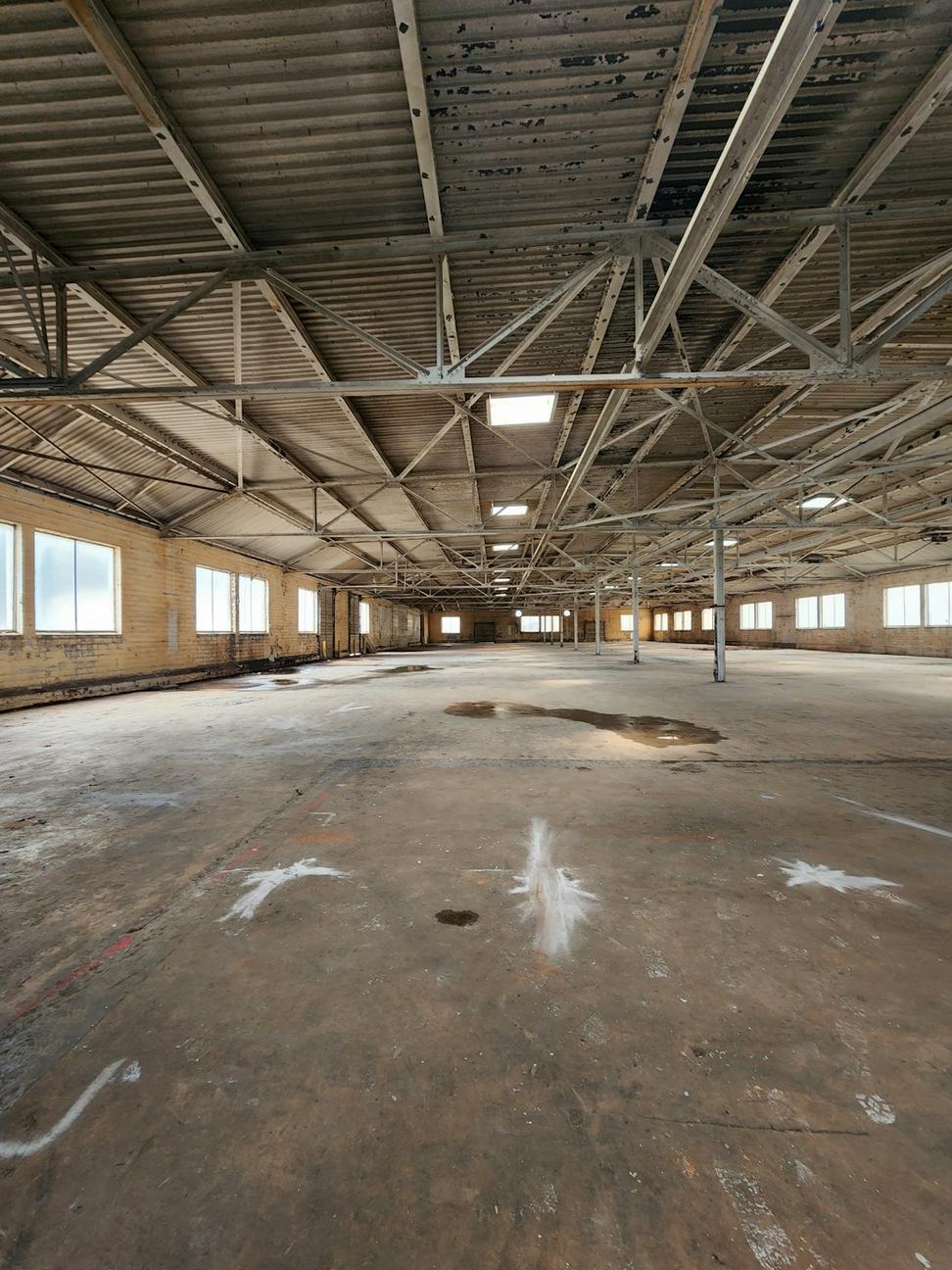
Sometimes the greenest building is the one that's already there. We've converted warehouses, old schools, even a church once. The embodied energy you save by not demolishing? Massive. Plus the character you get is irreplaceable.
Here's the thing - sustainability sounds great in theory, but does it actually work? We track everything. Energy use, water consumption, maintenance costs. Some highlights from projects we've wrapped up:
Mixed-use development, 47 units
Geothermal system, green roof, and solar array. Residents are loving the lower condo fees, which wasn't even our pitch - just a nice bonus.
1960s office building, 8 floors
This one was tricky - owner wanted to demolish. We showed them the numbers on a deep retrofit instead. Building that was basically worthless is now fully leased at premium rates.
Adaptive reuse - former textile factory
Our most ambitious project yet. Still fine-tuning some systems, but we're damn close to that net-zero goal. The brick facade we saved? People stop to take photos daily.
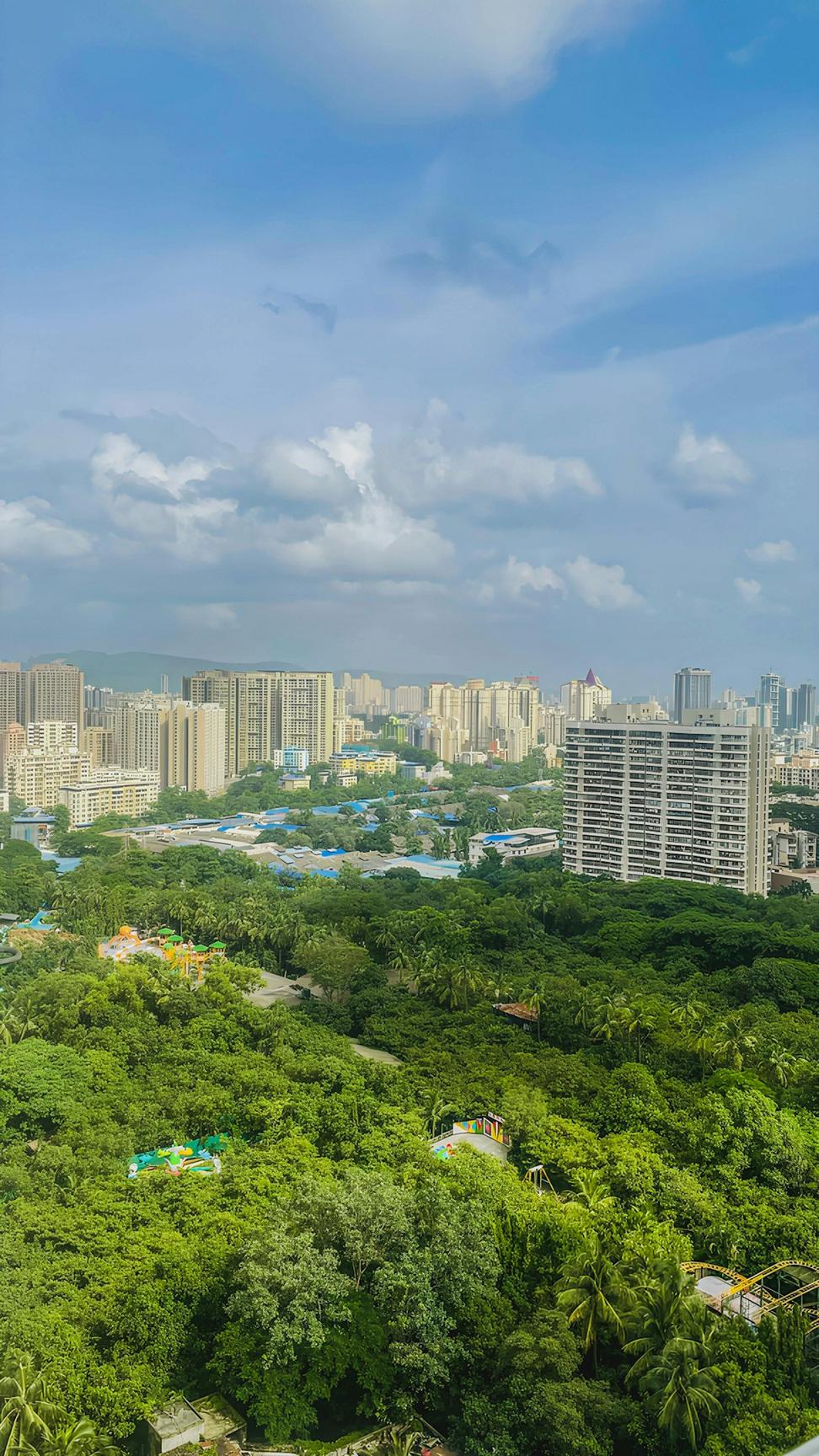
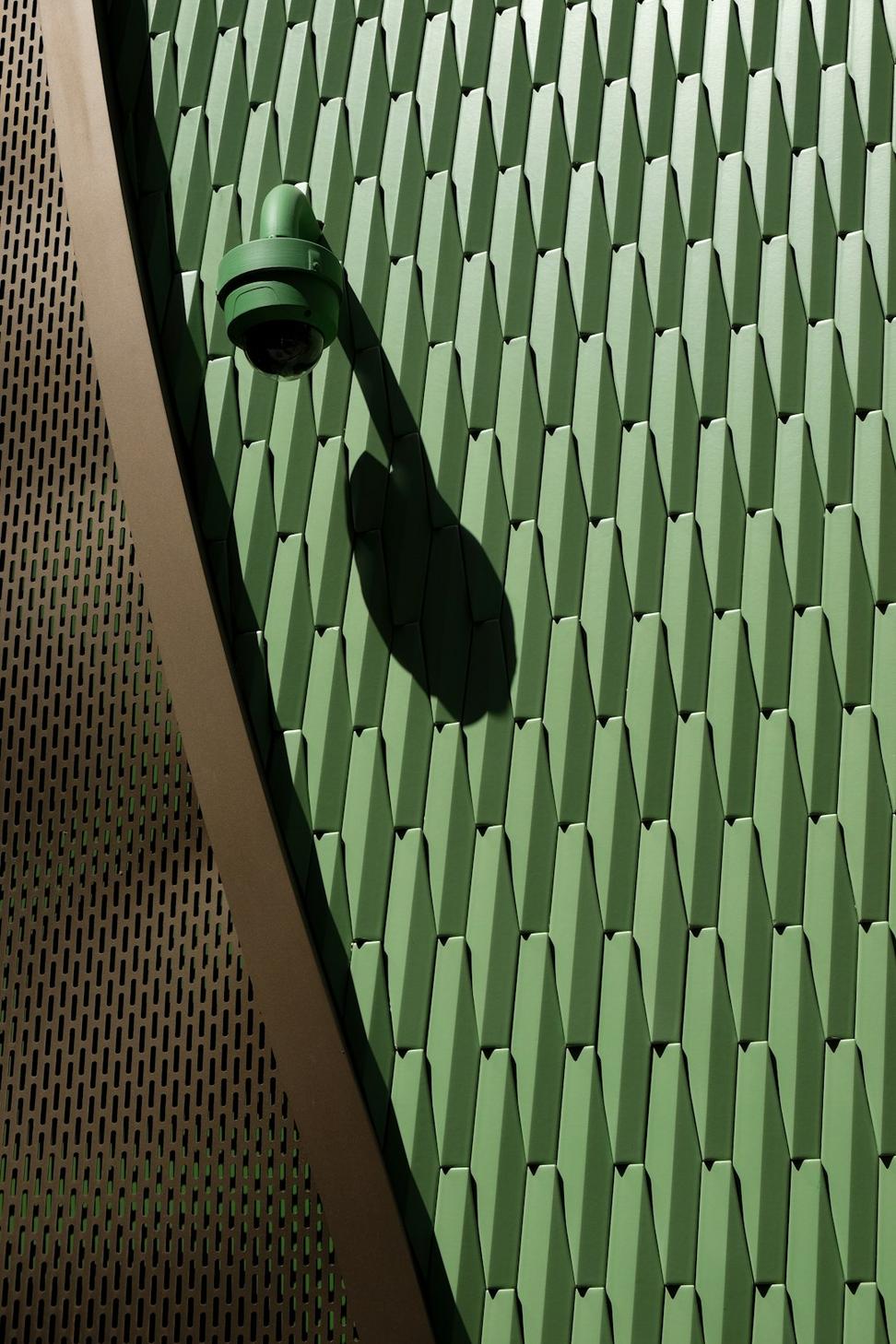
Because it's not all sunshine and solar panels
Let's not sugarcoat it - sustainable building often costs more initially. That geothermal system? Not cheap. Triple-pane windows? Your wallet will notice. We spend a lot of time explaining lifecycle costs to clients because that 15-year payback doesn't help when you're signing checks today.
What helps: rebates, grants (Ontario's got some decent ones), and showing real-world comps. We've gotten pretty good at finding creative financing solutions, but yeah - this remains the biggest hurdle.
We've had contractors look at our specs like we're speaking Martian. "You want the insulation installed HOW?" becomes a common conversation. Finding trades who actually understand building science and won't cut corners is... let's say it's an ongoing project.
We're working on this - running workshops, building relationships with progressive contractors, being on-site more than we'd like. It's getting better, slowly.
Toronto's building codes are getting better about sustainability, but they're written for conventional construction. Try explaining a living wall system or radiant cooling to a plans examiner who's seen 30 years of forced-air HVAC. We've learned to submit extra documentation and be really, really patient.
Good news: once you get a few innovative projects approved, future ones get easier. We're on a first-name basis with several city reviewers now, which helps.
Want that specific low-carbon concrete? Cool, we'll order it from... Germany? The supply chain for cutting-edge sustainable materials in Canada isn't always great. Lead times can be wild, and sometimes we're spec'ing alternatives mid-project because something became unavailable.
We're seeing this improve as demand grows. Five years ago, finding reclaimed materials was nearly impossible. Now we've got three regular suppliers. Progress is happening, just slower than we'd like.
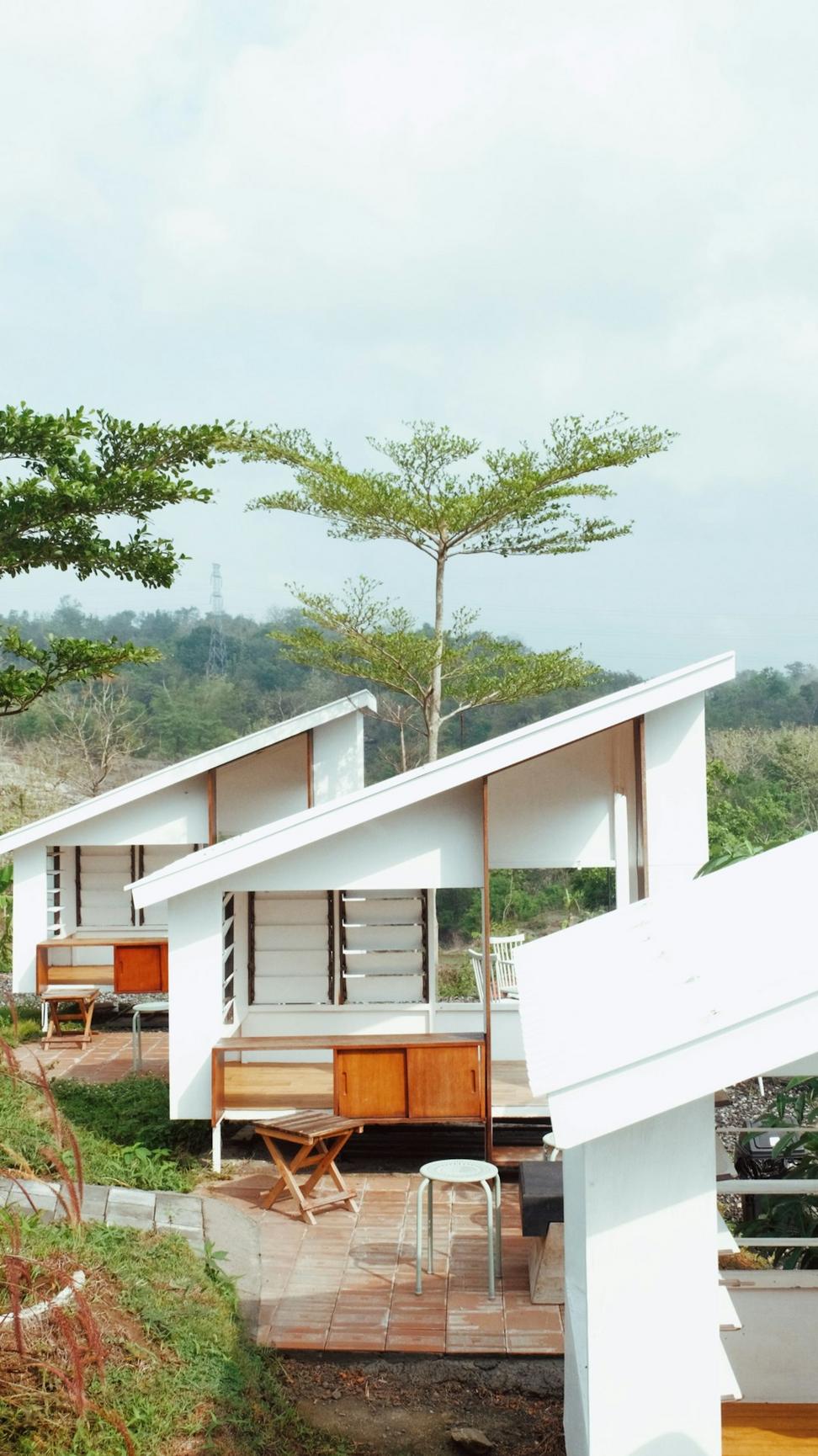
We're talking sun studies, wind patterns, soil tests, microclimate analysis. Had interns think we're crazy for spending days on this. Then they see how it pays off.
Not at the end when it's too late to change anything - right from schematic design. Helps us make smart decisions when they're cheap to implement.
Everyone in the room - architects, engineers, contractors, client. Yes it's chaotic. Yes it works way better than the traditional back-and-forth.
We actually come back and check if our designs perform like we predicted. Spoiler: sometimes they don't, and that's how we learn.
We're always up for a conversation about sustainable design - whether you've got a project ready to go or you're just exploring what's possible. Fair warning: we'll probably talk your ear off about thermal bridging and embodied carbon.
Located at 1250 Bay Street, Suite 402, Toronto, ON M5R 2A5, Canada